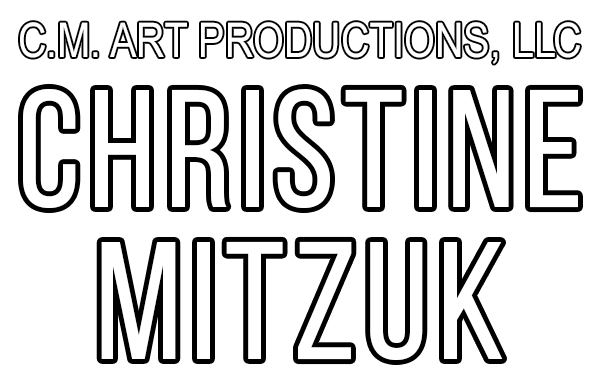I’ve been told not to paint with regular cooking oil. It’s isn’t a drying oil. Instead of just accepting this I got curious.

Yesterday I made a little test. I used Raw Umber oil paint (it’s one of the faster drying oil colors on it’s own). The brand I used has alkali refined linseed oil as the vehicle for the pigment. I used a piece of acrylic primed cotton duck canvas. As for thickness of paint, I covered the canvas so none could be seen through the paint but not so thick that I left brush strokes (except for one accidental spot on the Walnut Alkyd test swatch).
I painted the swatches about 2pm yesterday and checked them about 12:30pm today. Here’s what they’re like today.
Raw Umber Oil Paint, just paint. Dry to the touch. A little paint came up when I wiped the swatch with a piece of paper towel but not enough to see the canvas.
Raw Umber plus some Galkyd Lite (by Gamblin). Dry to the touch. No paint came up when I wiped the swatch with a piece of paper towel.
Raw Umber plus Walnut Alkyd Medium (by M. Graham & Co.). Dry to the touch except for the one spot where left a slight buildup of paint. That one spot was a little tacky and a teeny bit of paint came up when I touched that one spot. A teeny bit of paint came up when I wiped the flatter area of the swatch with a paper towel, barely discoloring it, but not enough to see the canvas.
 Raw Umber plus cooking oil (I used a store brand I had lying around that’s made from soybean oil). Tacky and wet. Quite a bit of paint came up when I wiped the swatch with a paper towel. I’m curious if this will ever dry so I’ll check it again once a day for the next few days and then maybe once a week for a few weeks. Maybe results would differ if this were a different cooking oil. I still wouldn’t recommend painting with cooking oil. We’ll see what happens.
Raw Umber plus cooking oil (I used a store brand I had lying around that’s made from soybean oil). Tacky and wet. Quite a bit of paint came up when I wiped the swatch with a paper towel. I’m curious if this will ever dry so I’ll check it again once a day for the next few days and then maybe once a week for a few weeks. Maybe results would differ if this were a different cooking oil. I still wouldn’t recommend painting with cooking oil. We’ll see what happens.
March 16, 2016 Update: I checked the swatch of Raw Umber mixed with cooking oil again one and two days after the original blog post.
March 10, 2016 (one day after the post). the paint was only slightly tacky to the touch and very little came up on a paper towel (only a slight discoloration of the paper towel).
March 11, 2016 (two days after the post). The paint was dry to the touch. Only a faint, whisper of color rubbed off on a paper towel dragged across the swatch.
This result is different than what I expected. I thought it would take weeks if not months to dry. Why?
The cooking oil ingredient is “soybean”. According to “The Painter’s Handbook: Revised and Expanded”, by Mark David Gottsegen, 2006, “It [soybean oil] dries much more slowly than linseed oil but has been successfully incorporated into synthetic binders to ensure flexibility (see p. 79)”. So soybean oil does dry but slower than linseed oil which I suppose would explain why this swatch dried slower than the swatch of just paint. However, I would NOT use regular soybean oil for painting. As far as I know, it isn’t refined into a professional grade oil painting medium so I doubt if a painting created in such a way could be permanent. I want to be known to create quality, professional oil paintings so I will NOT be using this oil to paint with. I will stick with using professional grade artist oil painting mediums.
Mr. Gottsegen also writes about “semidrying oils” (which include corn, olive, peanut, and other types of vegetable oil” and “nondrying oils” which include motor oil or castor oil (see p. 77). He points out that both these categories of oils are impermanent and should not be used for painting. I think he makes a very valid point that although these materials might be less expensive, “is your reputation worth the money? (see p. 79).”
If you want to know more about art materials, how to stretch your own canvas, how to protect and store art, artist health and safety, I highly recommend this book. It’s my go-to resource for topics like this blog post. Gottsegen, Mark David. “The Painter’s Handbook: Revised and Expanded”. New York: Watson-Guptill Publications, 2006.

June 4, 2023 at 12:23 am
I found this post because I’ve been cleaning brushes with soybean oil, very thoroughly wiped off them before I use professional artist paint and mediums. My paintings are touch dry overnight, even in winter, so I wondered if linseed PLUS traces of soybean caused that to happen.
July 18, 2023 at 10:03 pm
Hmmm, that’s a very good question. I wonder if you’re on to something there. I’m curious, do you also paint fairly thinly?